Summary
- Platformers can be creative without relying on jumping.
- Games like Lost Vikings, Snake Pass, and Splodey offer unique movements.
- Captain Toad, LocoRoco, and Marble Madness show jumping isn’t essential in platformers.
There’s something almost sacred about jumping in platformers. It’s muscle memory at this point — press A, bounce over a gap, land on something’s head, and repeat. However, some developers looked at that age-old formula and said, “Nah, let’s do something weird instead.” Surprisingly, they didn’t just get away with it — they made it work in ways that stick with players far more than the usual hop-and-bop routine ever could.
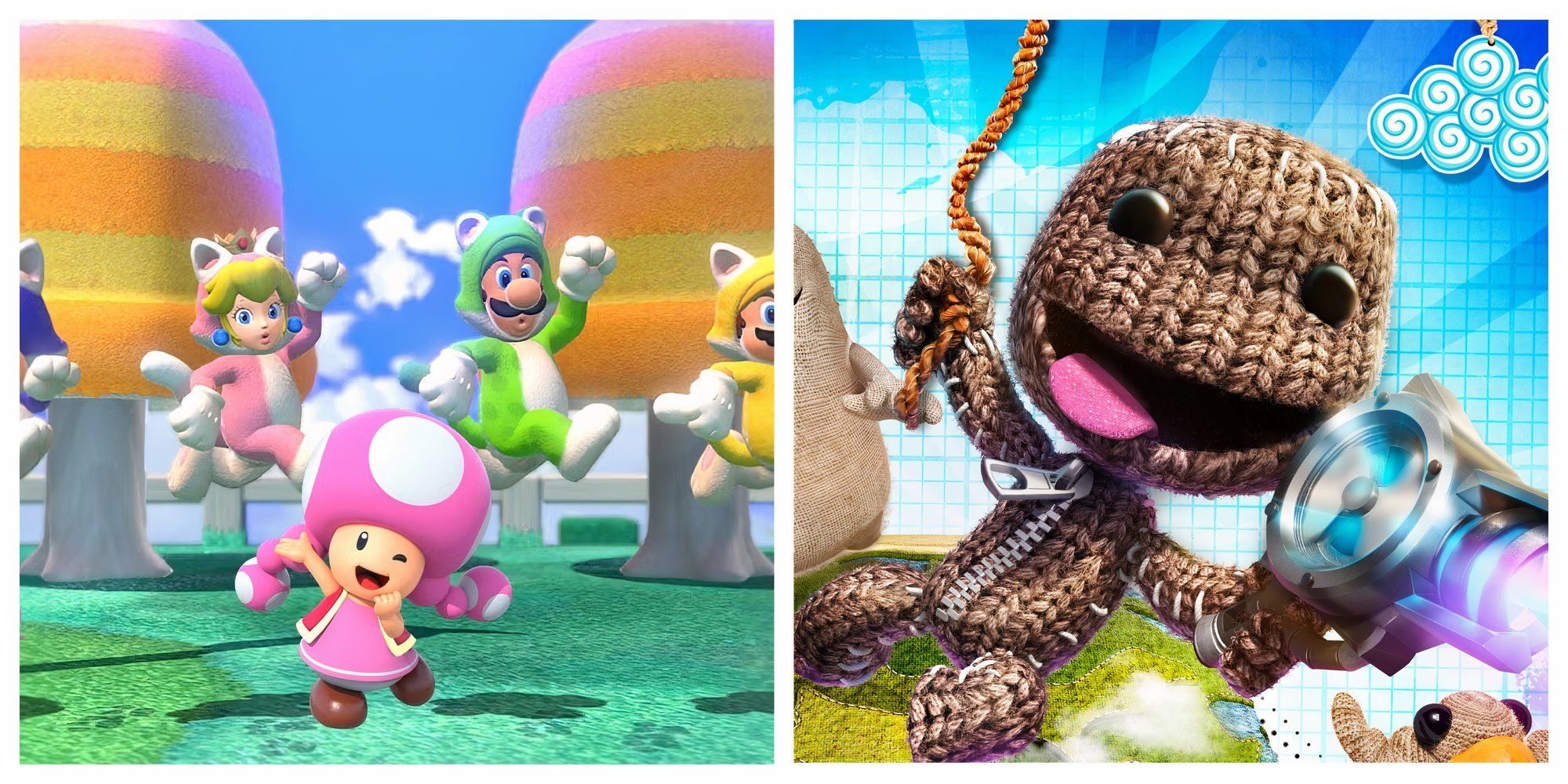
Related
7 Best Platform Games Designed Around Co-Op
The following critically acclaimed platform games are even better when bringing a friend along for the fun.
These are platformers that toss the jump button out the window and force players to think differently. Some use gravity. Some rely on physics. Some just turn the entire idea of movement into a puzzle of its own. But all of them prove that jumping isn’t the heart of a platformer, but creativity is.
7
Lost Vikings
Three Vikings, One Braincell, And Still No Jump Button
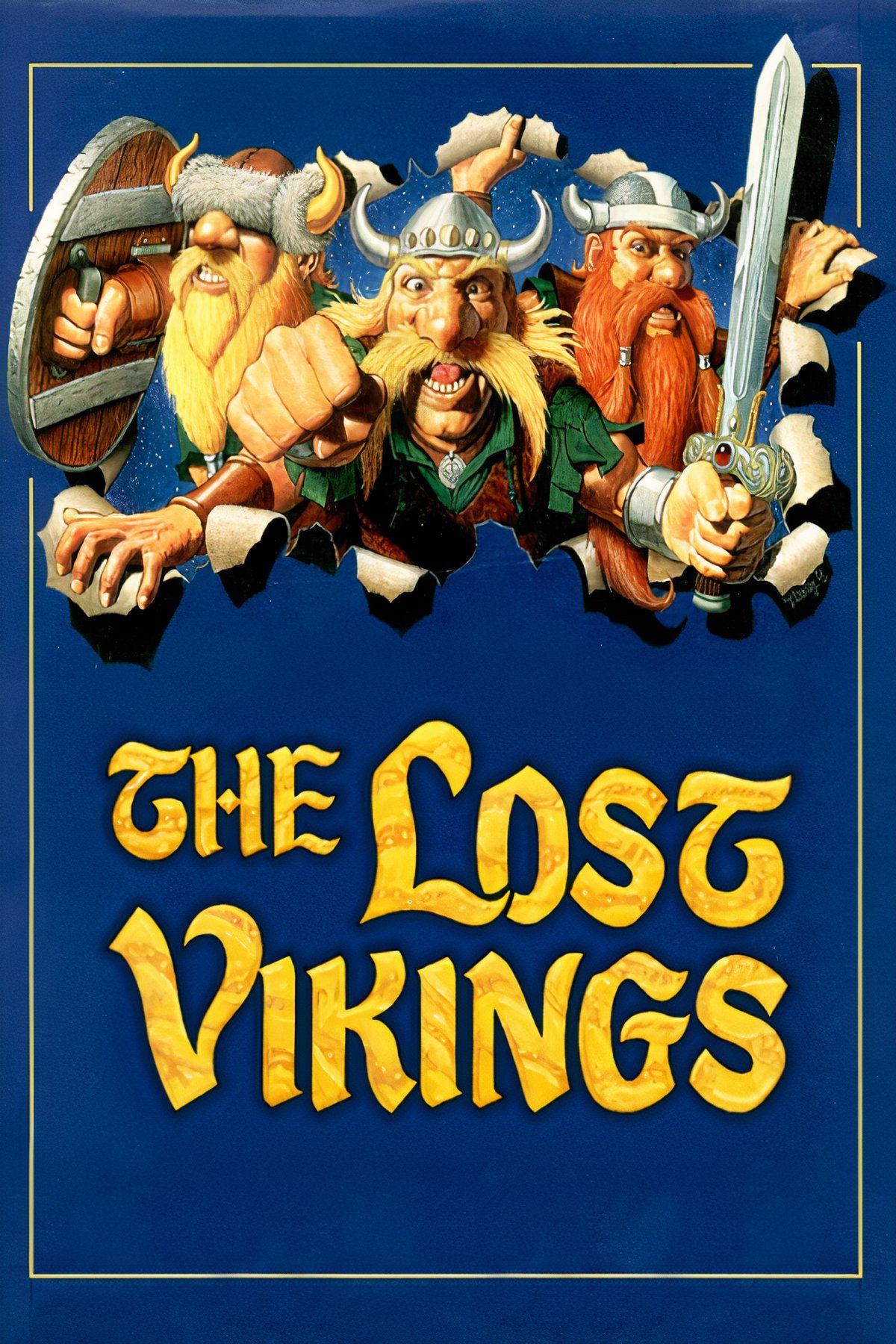
The Lost Vikings
- Released
-
April 1, 1993
- ESRB
-
everyone e10+
Lost Vikings was doing team-based puzzling long before it was trendy. Released in 1992 by Silicon & Synapse — which later became Blizzard — this one is less about reflexes and more about strategy. Players switch between three Viking brothers: Erik, who can run fast and bash through walls; Baleog, who swings a sword and fires arrows; and Olaf, who carries a shield that doubles as a parachute and a makeshift elevator.
Except for Erik, neither of the two Vikings can jump. Not even a little hop. And since players need to reach the end of the level with all three Vikings in tow, getting to the end with the jumping Erik isn’t enough. Therefore, the entire design leans into vertical traversal through problem-solving, not platforming in the traditional sense. Need to reach a higher ledge? Stack Olaf’s shield under Erik. Need to hit a distant switch? Baleog’s arrows handle it. Every level is a brain-teaser, and success hinges on learning how to treat each Viking like a tool in a weird, Norse-themed toolbox.
The controls feel old-school now, but the design still holds up. It’s one of the few platformers that makes players feel smart without ever letting them brute-force their way through. It’s also worth noting that Lost Vikings managed to sneak in a dry, self-aware sense of humor long before it became a Blizzard staple.
6
Snake Pass
Slithering Is The New Jumping
|
Platforms |
PlayStation 4, Xbox One, Nintendo Switch, PC |
|---|---|
|
Released |
March 28, 2017 |
|
Developers |
Sumo Digital |
|
Genres |
Puzzle-Platform |
Most platformers are about air time. Snake Pass is about friction. Players control Noodle the Snake — who, appropriately, has zero limbs and no jumping ability. The movement here is physics-based from top to bottom. Slithering up poles, wrapping around structures, using momentum to fling forward — every inch of progress is earned with a deliberate mastery of movement.
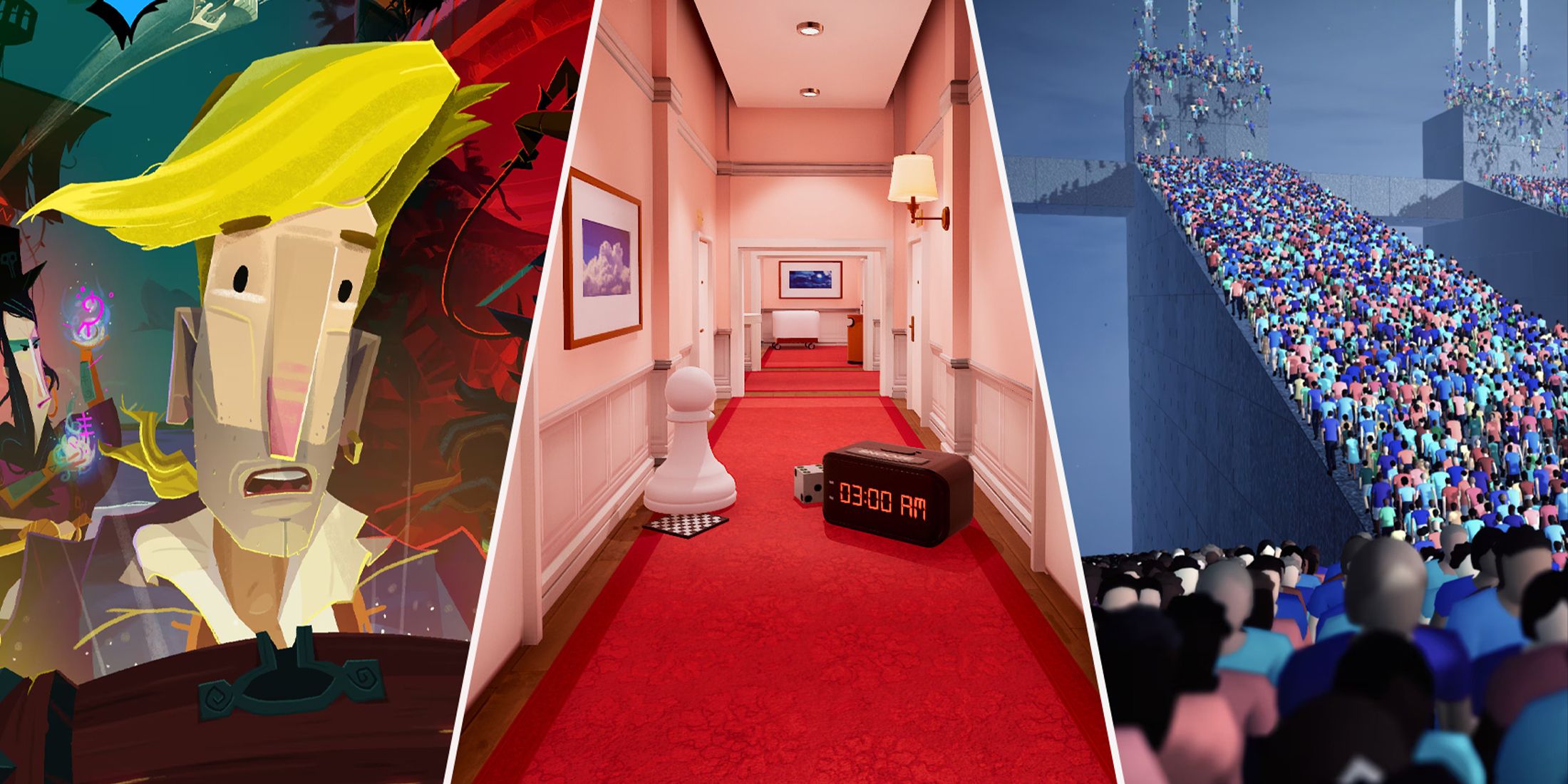
Related
12 Best Puzzle Games On Xbox Game Pass
Puzzle-game enthusiasts are spoiled for choice when it comes to the Xbox Game Pass, with several great titles available.
It’s not just a gimmick, either. There’s actual tension in trying to angle Noodle just right so that his tail doesn’t slip off a narrow bamboo beam while climbing toward a collectible. The game was built in Unreal Engine 4, and the physics simulation behind it is what defines the entire experience. There’s a gentle, almost meditative rhythm to Snake Pass once players get the hang of it. And while it starts out peacefully, later levels absolutely demand a tight grip on the game’s unusual locomotion mechanics.
5
Splodey
Splodey is a platformer where movement comes at a cost — and that cost is blowing up. There’s no jump button here. Instead, players toss bombs underneath themselves to launch into the air, reach ledges, or bounce off walls. It’s chaotic, it’s messy, and somehow, it’s also one of the most precise movement systems out there once players get in rhythm.
It’s a spiritual cousin to games like Celeste or Super Meat Boy in terms of punishing difficulty and tight level design, but with one major twist: the movement has a delay. Every action has to be planned, timed, and executed while in mid-air or mid-explosion. Misplace a bomb, and it’s a long fall to the spikes below.
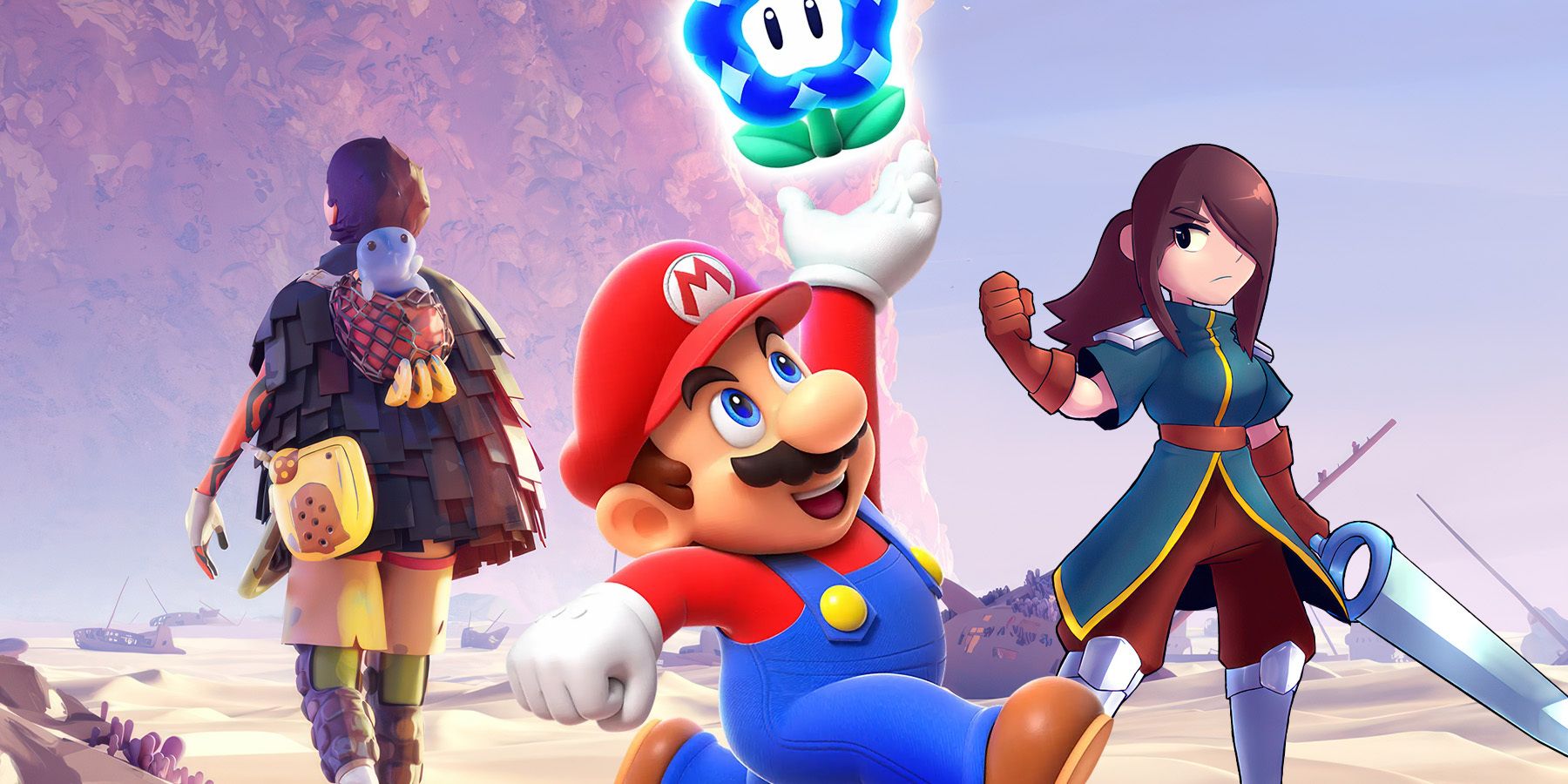
Related
The 10 Best Platformer Games of 2023
2023 saw a wealth of great platforming titles, and these ten manage to stand above the rest as some of the best platforming experiences this year.
There’s a surprising amount of finesse involved in Splodey. Speedrunners have already turned it into a kind of gymnastics showcase, chaining explosions to cross massive gaps without touching the ground. It’s one of those platformers that looks chaotic from the outside but reveals a deep internal logic once players learn how to dance with the blast radius.
4
Captain Toad: Treasure Tracker
A Treasure Hunt Where Gravity Does The Jumping For You
Captain Toad: Treasure Tracker is adorable, yes, but it’s also quietly one of Nintendo’s most clever platformers. Toad can’t jump. Not because he forgot how, but because his backpack is too heavy — a detail that’s both cute and subtly brilliant because it reshapes how players approach every stage.
Verticality still plays a huge role, but it’s all about stairs, elevators, rotating levels, and gravity tricks. Each level is like a tiny diorama that invites players to spin it around, peek inside, and solve it like a Rubik’s cube. Enemies become part of the puzzle rather than obstacles to be stomped, and movement is more about planning routes than reacting to hazards.
Originally a minigame in Super Mario 3D World, Captain Toad was so well-received that it got expanded into a standalone title. And it’s easy to see why — few platformers have taken such a hard stance against jumping and still managed to feel this fluid and satisfying to play.
3
LocoRoco
Colorful Blobs That Roll Better Than They Jump
In LocoRoco, everything is soft, squishy, and set to a soundtrack that sounds like it was recorded by a choir of imaginary creatures. However, underneath the cheerful aesthetic is one of the most creative approaches to platforming in a game that refuses to let players jump at all.
Movement here isn’t tied to the character — it’s tied to the world itself. Players tilt the environment left and right to guide the LocoRocos across the terrain, letting them bounce, roll, and slide their way forward. Pressing both triggers makes them hop, but it’s not a direct jump — it’s the equivalent of the entire world bopping down and up, launching the blob in the air.
There’s also a clever mechanic where the blob can split into smaller blobs to fit through narrow spaces, then reform again on the other side. Somehow, that strange setup never feels like a limitation. If anything, it makes the levels feel more alive, as if the entire world is dancing along with the player’s actions.
2
Marble Madness
Tilt, Roll, Repeat

Marble Madness
- Released
-
December, 1984
- ESRB
-
e
Marble Madness doesn’t bother with avatars, protagonists, or narratives. Just a ball, a timer, and gravity as both ally and enemy. Released in arcades in 1984 and later ported to home systems, this is one of the earliest examples of a platformer without a jump button, and it still holds up better than it has any right to.
Players control a marble and guide it through a series of obstacle-filled courses by directly commanding the marble. It sounds simple, but the physics-based movement makes every slope, corner, and ramp a test of timing and spatial awareness. One wrong angle, and the marble is off the ledge or shattered into pieces.
What’s wild is how precise it expects players to be despite offering so little control. The isometric view, combined with finicky acceleration, turns even a basic curve into a miniature boss fight. It’s punishing, it’s twitchy, and it paved the way for countless physics-based platformers decades later.
1
VVVVVVV
Sometimes, Up Is Down, And That’s The Whole Point
|
Platforms |
PlayStation 4, PlayStation Vita, Nintendo Switch, Nintendo 3DS, Nintendo Wii, PC, macOS, Linux, Commodore 64, Pandora, iOS, Android, Ouya |
|---|---|
|
Released |
January 11, 2010 |
|
Developers |
Terry Cavanagh |
|
Genres |
Puzzle-Platform |
VVVVVV takes gravity and turns it into a control scheme. Instead of jumping, players flip the direction of gravity entirely — up becomes down, and down becomes up. That’s the only tool available, but it’s all the game needs to turn simple levels into brutal, precision-based gauntlets.
Designed by Terry Cavanagh, this minimalist platformer doesn’t waste time explaining anything. Within minutes, players are stuck between spikes above and below, forced to flip gravity midair and thread the needle between hazards. The movement never changes, but the complexity of each level keeps ramping up until it feels like a rhythmic reflex test.
Despite its basic pixel art and chip-tune soundtrack, VVVVVV managed to carve out a reputation as one of the best modern examples of indie platforming. Part of that comes from how readable everything is: enemies, hazards, movement speed — all finely tuned to reward skill without needing anything more than one mechanic. No upgrades. No power-ups. Just gravity and pain.

More
7 Games With The Coolest Gravity Mechanics
The power to manipulate gravity in video games is always a fun feature, and these are some of the best games that feature this cool mechanic


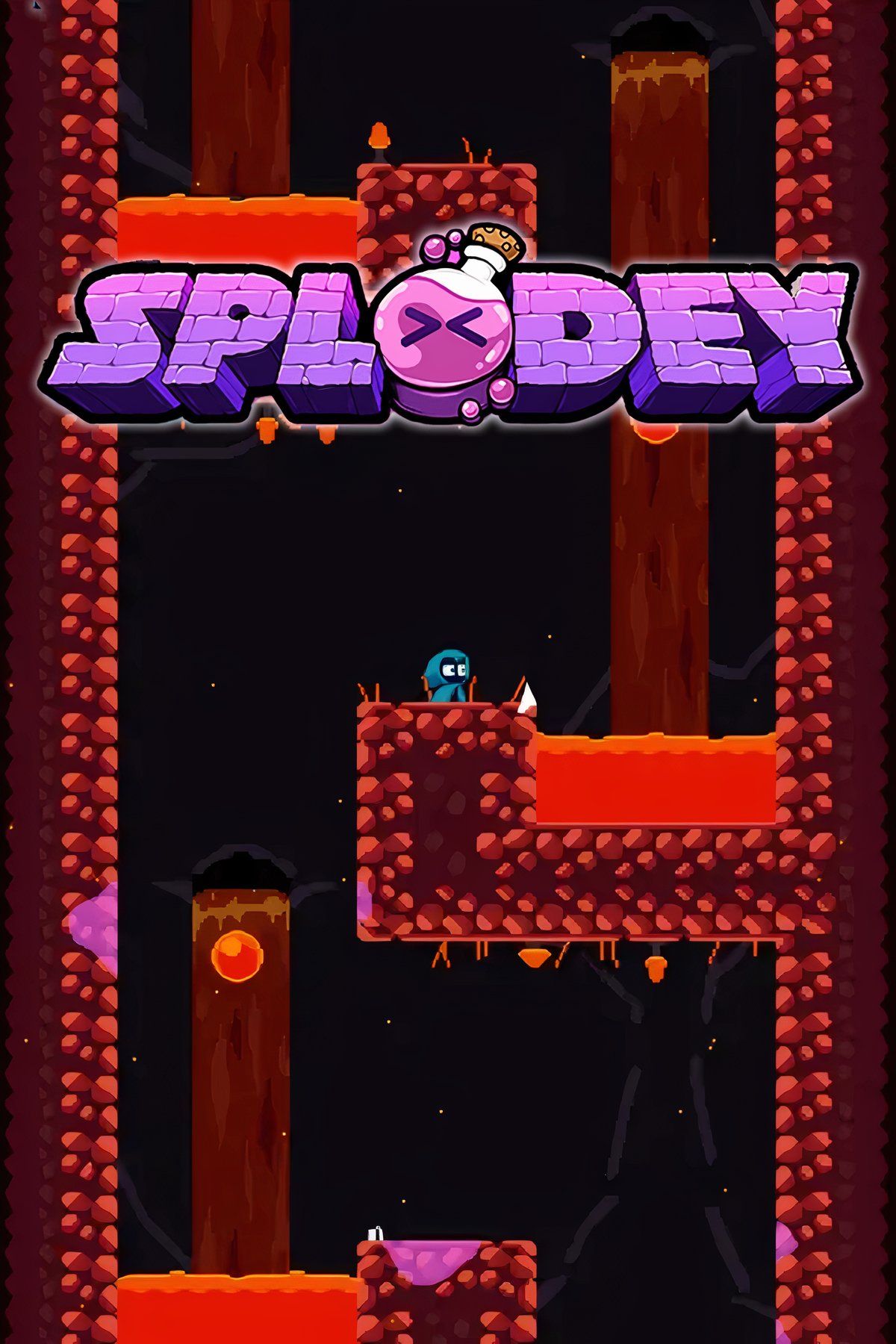


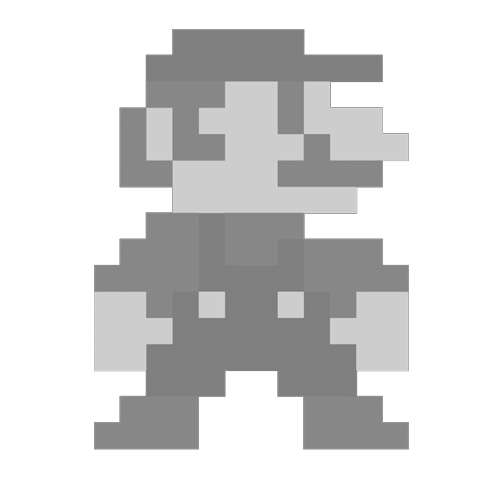


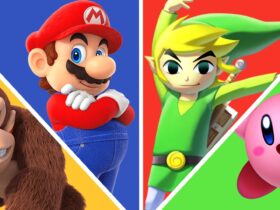









Leave a Reply